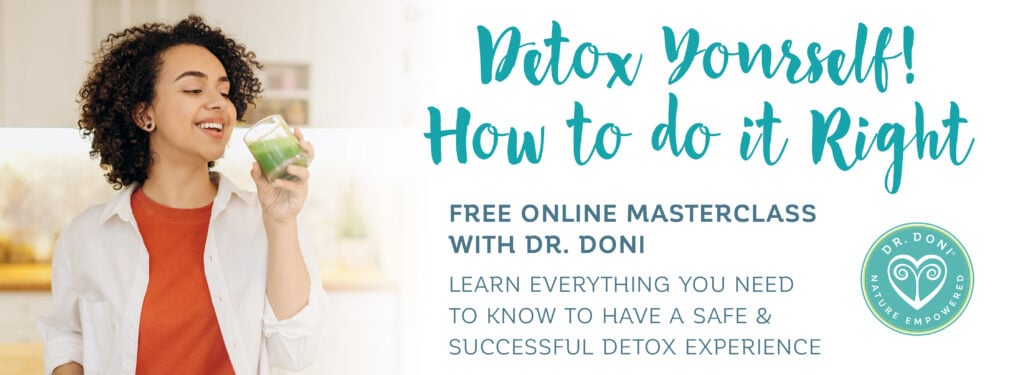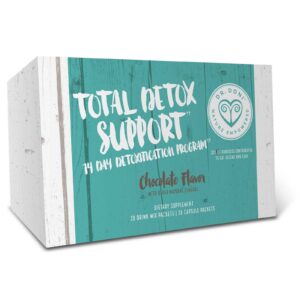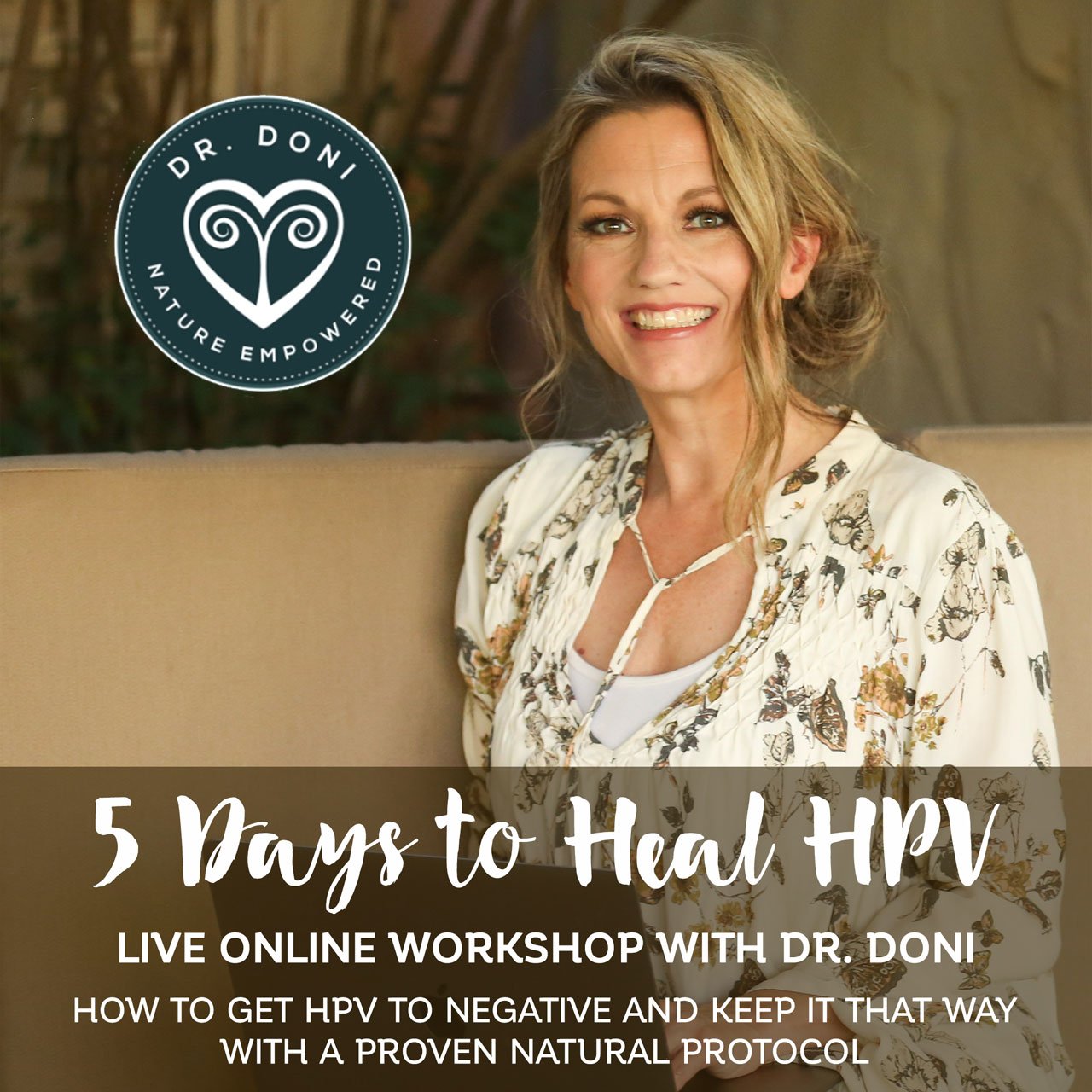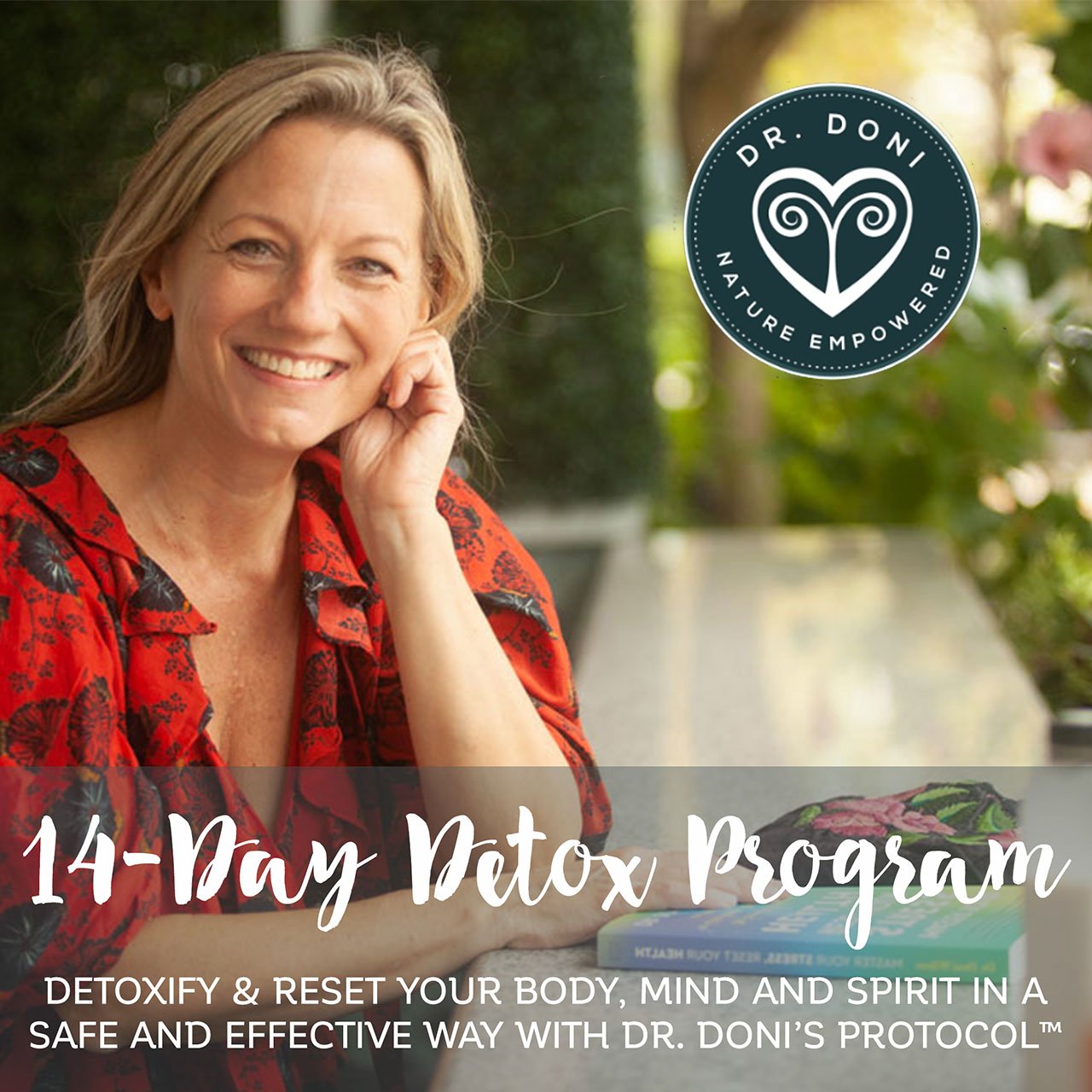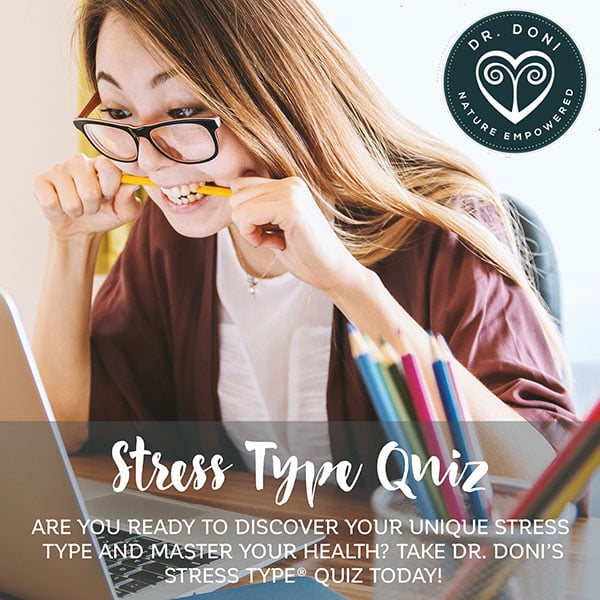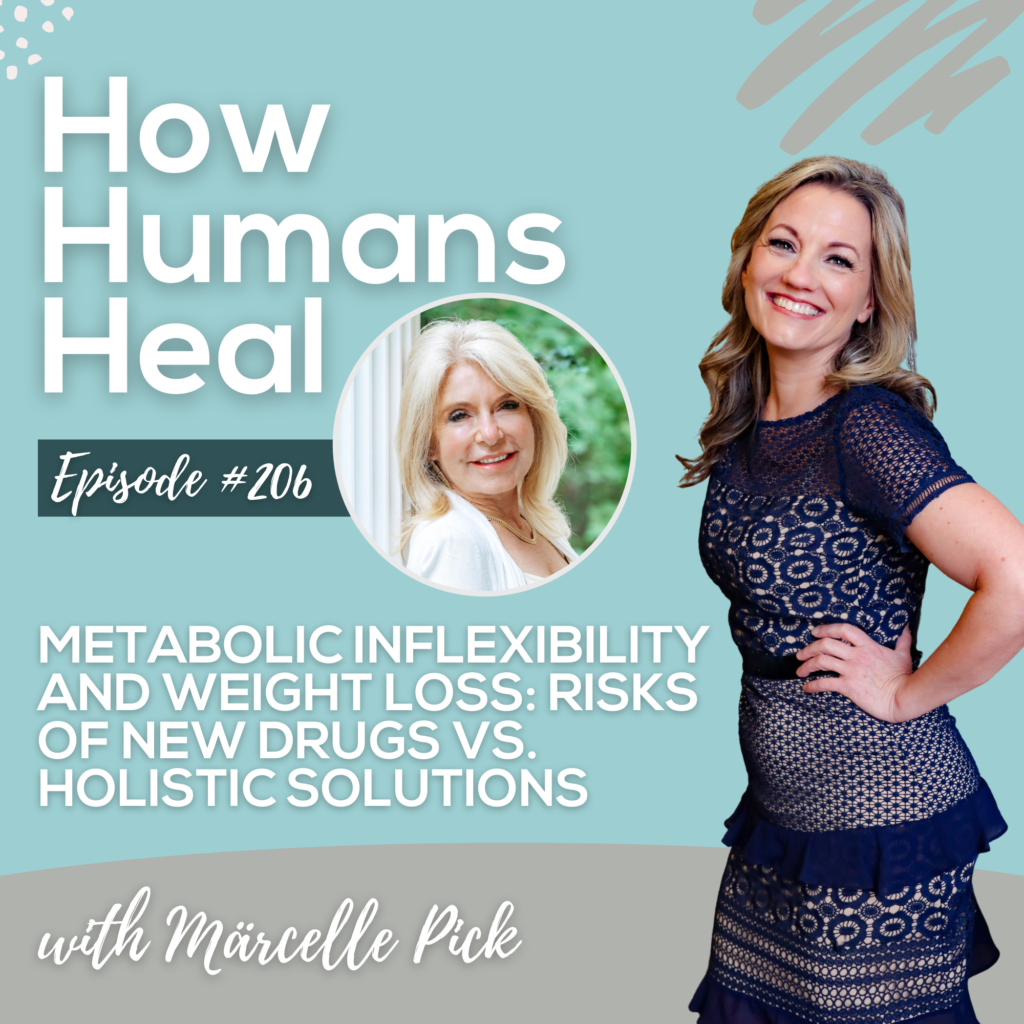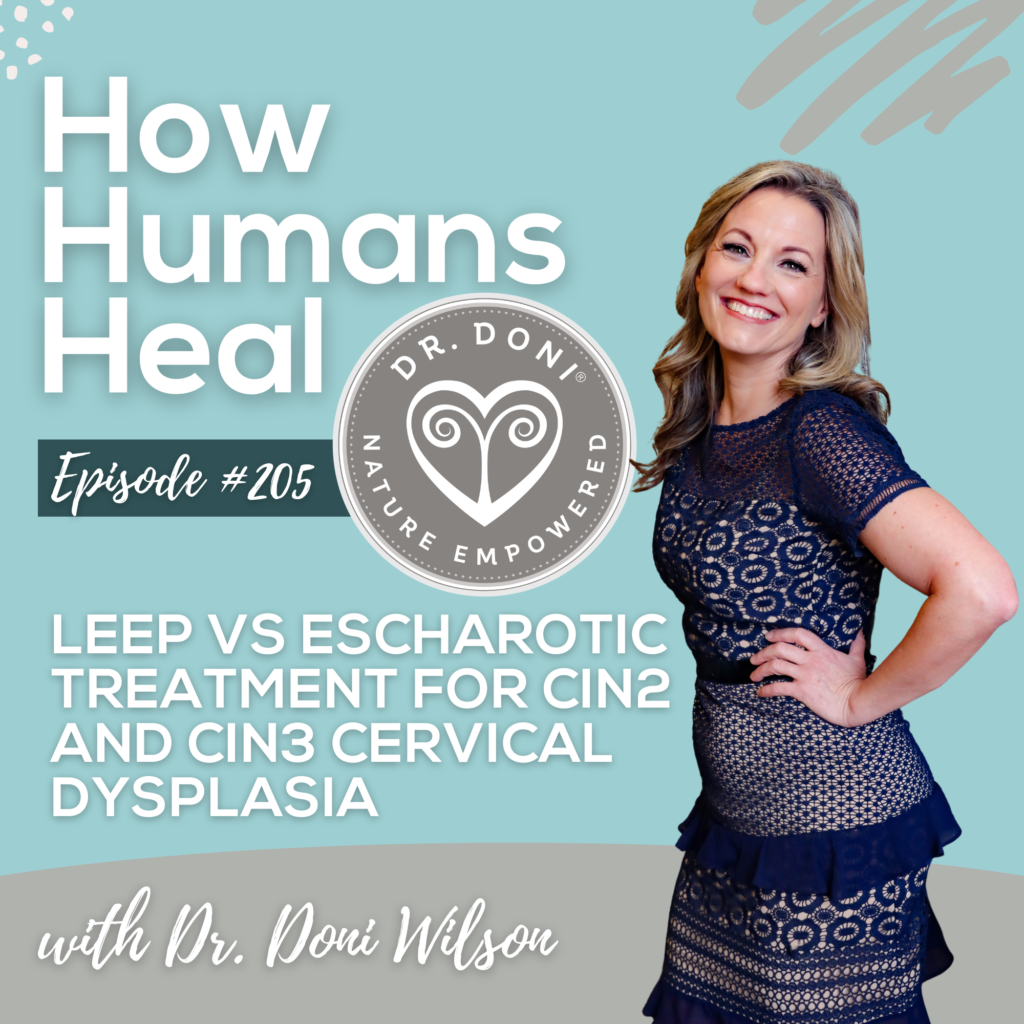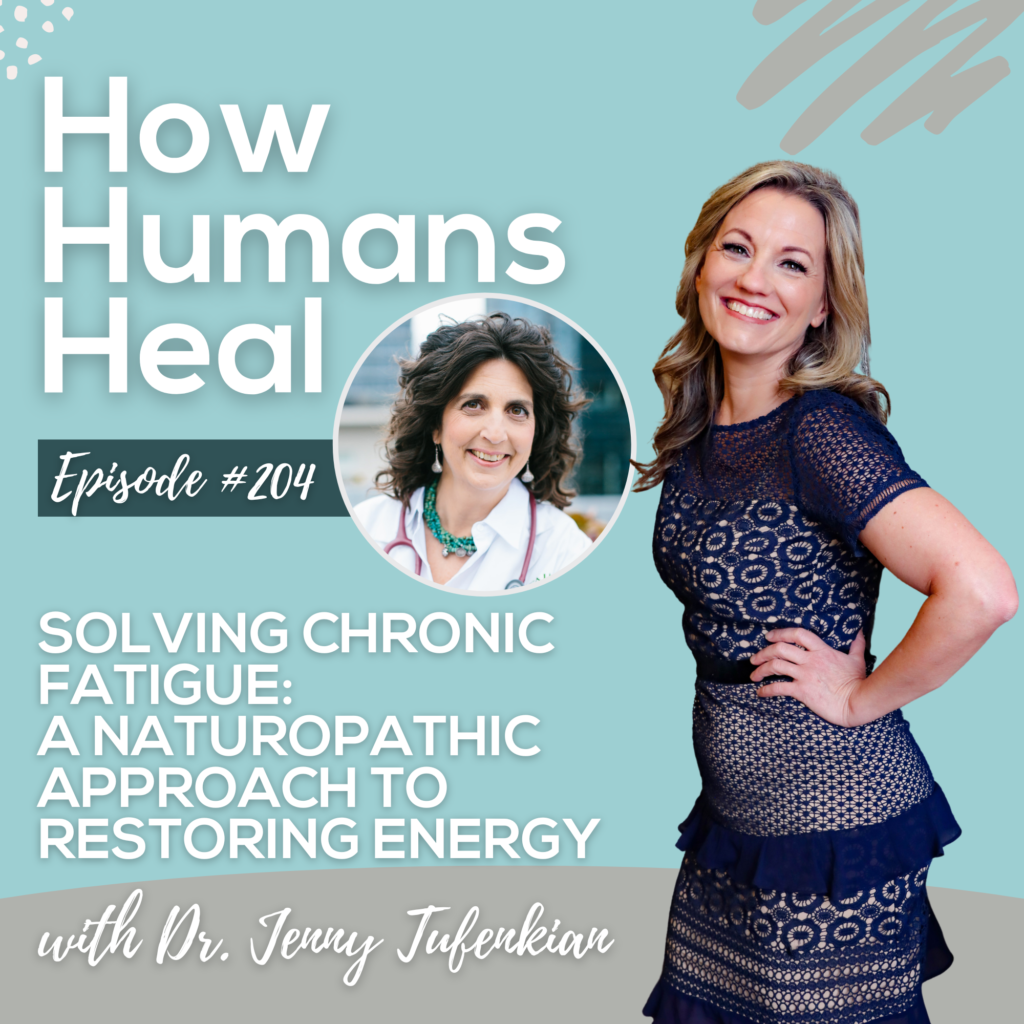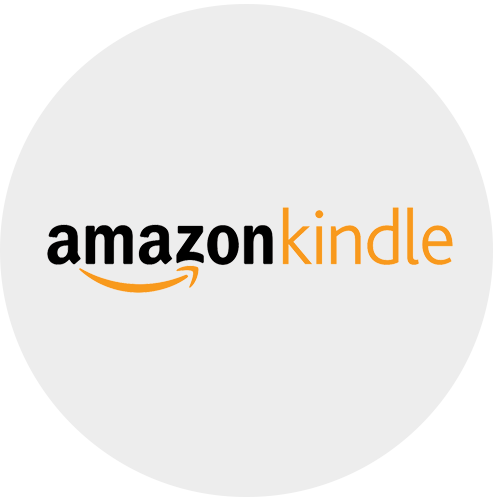
The Healing Power of Detoxification: How to Do It Right
- Home
- Leaky Gut & Food Sensitivity
- The Healing Power of Detoxification: How to Do It Right
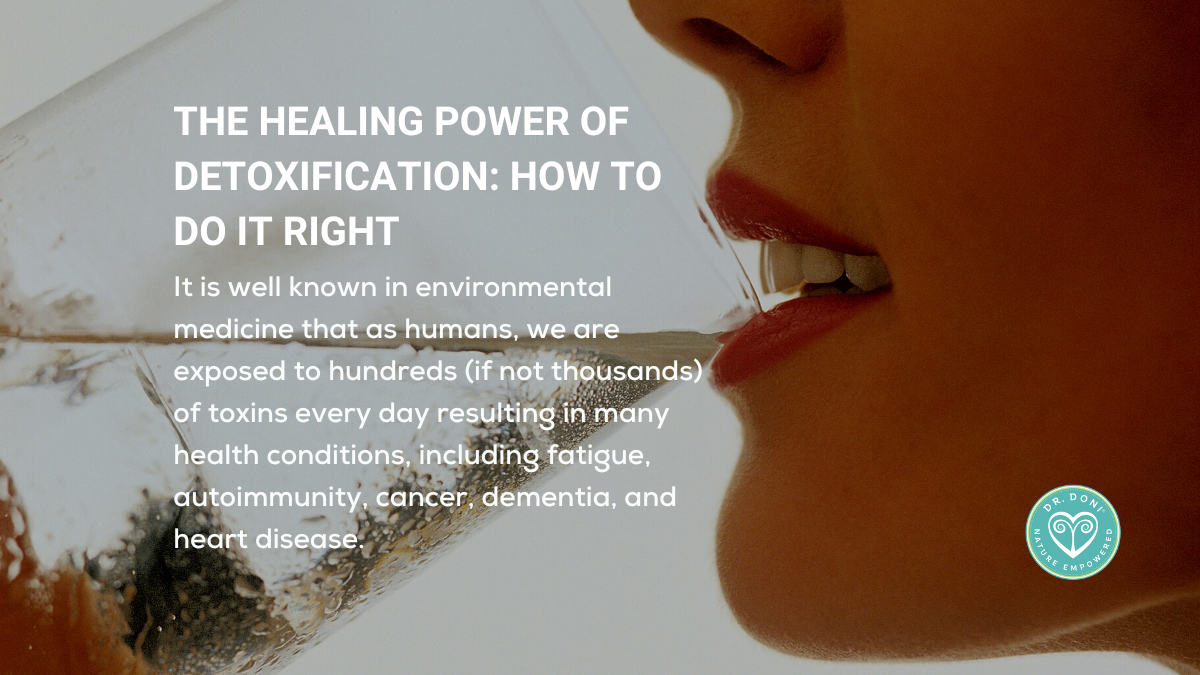
Detoxification is a common topic in bio-hacking, longevity, and health optimization conversations. It’s not such a common topic in the usual doctor’s office. Yet, it is well known in environmental medicine that as humans, we are exposed to hundreds (if not thousands) of toxins every day[1]. And those toxins are associated with many health conditions, including fatigue, autoimmunity, cancer, dementia, and heart disease.
As a naturopathic doctor, I was trained in safe and effective detoxification approaches, and have helped thousands of patients to detoxify successfully, and I have also seen many people who came to me after experiencing difficult and depleting detoxes. My goal with this article, and the subsequent articles in this series, is to clarify what it is to do a detoxification, how to know when it is necessary, and how to follow a detoxification process without making yourself feel worse.
When it comes down to it, learning to support our bodies to detoxify and recover from stress, injuries, and infections in general, is how we can best improve our health and lengthen our lives.
6 Most Common Household Toxins
When we stop to think about it, we are exposed to toxins from so many angles every day. Everything from our food, water, air, personal care products, dishware and pans for cooking, furniture, home cleaning products, and more can potentially contain toxins. Those toxins build up in our bodies and can remain for many years if we are not taking action to get them out.
In my office I run toxin panels for patients, and the 6 most common toxin levels I identify are:
1. Mold toxins, aka mycotoxins.[2]
Mold can not only trigger allergies, but it releases microscopic toxins that can easily get into the human body and stay for 30 years. We can accurately measure mycotoxins in a specialty urine panel (not done at usual labs).
2. Plastics, as in bisphenol A (BPA).
Plastic from water bottles, plastic dishware, and any other use of plastic. Plastic contains substances that
3. Pesticides.[3]
Pesticides often contain organophosphates, are used on non-organic food and wherever insects are sprayed. Many buildings use insecticides, without considering that insecticides are neurotoxic and cardiotoxic[4] to humans too.
4. Phthalates and Parabens.[5]
These are found in personal care products (shampoo, soap, perfume, lotions, etc) which then absorb through our skin are known endocrine disruptors, meaning they cause hormone imbalances and affect fertility.
5. Flame retardants.
We find these on furniture and mattresses. They soak right into our bodies and disrupt our nervous system. For me, they caused migraines.
6. Lipopolysaccharides (LPS).
These come from overgrowing gut bacteria.[6] These toxins[7] don’t just stay in our gut. They can traverse the gut wall and get into our bloodstream[8], where they are associated with all kinds of health issues[9], including fatigue, brain fog, neuroinflammation, and autoimmunity.
Another toxin, which I find to be very common, and yet there is not a test for it, is toxic relationships. Being in relationship with other humans is an essential part of our lives, and yet, when humans have not yet healed from past trauma, and have not been learning to take care of their own needs for recovery, difficult and even violent communication patterns develop. In those cases, emotionally and psychologically abusive ways of interacting with each other can cause what is referred to as “toxicity” in a relationship.
We have all been exposed to some toxins. While we can aim to reduce our exposure, and support our bodies to clear toxins out (which I’ll cover soon), ultimately, becoming aware of the health issues caused by toxins[10] will help you to identify the issue and become proactive about addressing it.
Health Issues Associated with Toxins
Certain toxins affect specific areas of the body, however there are common health issues associated with toxin exposure in general.
Here are 6 common symptoms/issues known to be linked to toxin exposure:
- Fatigue
- Brain fog (or difficulty focusing or remembering)
- Frequent or chronic infections (viruses, yeast, and/or bacterial infections)
- Hormone imbalances (PCOS[11] and more) and fertility issues[12]
- Autoimmunity of all types, including arthritis, psoriasis, endometriosis[13], and MS.
- Neurological symptoms, such as migraines, depression, insomnia, anxiety, dementia[14], and neuropathy
There are many potential causes for all of these issues, so it is important to consider all of them, including the possibility of a high level of toxins in the body. It is important to work with a practitioner who is able to give you access to the tests that can show you the issue. The reason this is so important is because the effective treatment is different for each toxin.
It’s also important to remember that a toxic body is more sensitive, so that means we have to tread lightly and go gently to remove the toxins without rocking the boat too much and making you feel worse. THAT is the art of what I do.
What Is Detoxification: How Our Bodies Naturally Detoxify
While yes, we can support our bodies to detoxify more (and I’ll get to that) it is extremely important to start by supporting your bodies natural ways of getting toxins out.
Our bodies naturally remove toxins by:
- Liver enzymes. The job of our liver is to detoxify what comes through in our blood. Amazingly our liver is able to handle both naturally-derived and synthetic/chemical toxins. There are two phases to liver detoxification and both involve vitamins, minerals and antioxidants in enzymatic processes, which are somewhat determined by individual genetic variations.
- Bowel movement. After toxins are metabolized by the liver, they are placed in bile, which then travels through the gallbladder, into the intestines, and out of our bodies in stool. That is the goal anyway. If the bowels are not moving daily, the toxins can be reabsorbed and recirculate through the body.
- Breath. Yep, you might be surprised to realize that when we breathe, we exhale toxins.
- Sweat. While we tend to try to avoid sweating, it is actually an essential human bodily function. If we don’t allow ourselves to sweat, we are turning off a major detoxification pathway.
- Pee. Toxins that are in the blood will go through our kidneys and some will be filtered into the urine. Taking in adequate water and electrolytes is essential to support the work of the kidneys.
- Sleep. I’m adding sleep to the list of common ways we support detoxification because of relatively recent research[15] that shows that while we sleep, our cells go through a process of clearly out old, unnecessary substances and cells. If we don’t get enough sleep, the toxic sludge remains in our cells and nervous system.
Are you getting the hang of this? Supporting your human body to do what human bodies do is one of the best things you can do for your health.
That gets disrupted when in our body daily lives, and having been taught (read brain washed) to think that we are supposed to be able to go without sleep and water, that there’s no time to go to the bathroom, that we need to get more done and therefore there is less time to sleep, and we are supposed to smell good doing all that.
Essentially we’ve been led to believe that it is better to deny ourselves even the chance to have our simple human needs met as a sacrifice to serving others, in fear that we might regret not doing or being enough. It’s time to put an end to this madness.
6 Essential Aspects of a Detoxification Program: Back to The Basics
While it may seem way to simple, when the problems you are facing with your health are SO big, but I’m here to tell you that actually…starting with the basics is the best place to begin.
The problem is that TOO many detoxification programs and cleanses out there – and I’ve reviewed dozens of them – skip these basics and push you right into the risk of making yourself worse, causing yet a higher level of toxicity, and/depleting you of necessary nutrients in the process.
I don’t want that to happen to you.
Here are the 6 essential aspects of a detoxification program:
- Drink filtered water. I would stop pretty much any other beverage, except for organic herbal tea. Our bodies need water and we are 60% made of water. If we don’t drink water, we don’t have the liquid needed to move toxins out of our cells, through our liver and kidneys, and out in our pee, stool and sweat.
- Support bowel regularity. What does that mean? I want you to have at least one bowel movement per day. Better is to have two. I don’t want you to have diarrhea or loose stool, if that can be avoided at all. We don’t (usually) need to use laxatives (unless you have a chronic constipation issue), but we may need to use magnesium oxide or citrate to gently encourage your bowel muscles to work again.
- Electrolytes. I’m referring to sodium, potassium, phosphorus, and the other minerals that are essential for transporting water and other substances across cell walls and for metabolic processes, including detoxification in the liver. You can either use sea salt, which contains a variety of trace minerals, or you can use an electrolyte product that does NOT contain sugar or artificial sweeteners.
- Antioxidants. These cell protectors are essential for detoxification processes in the liver and they work in every cell of our bodies to protect our mitochondria and DNA. You can get them from foods and from supplements.
- Recovery activities. This is what I call mindfulness, journaling, time in nature, breathwork, and the like. Pick your favorite, and do it each day, at least once. Allow yourself to be in the moment and reset. Let go of what you no longer need to hold on to.
- Rest. While it is outstanding if you can take a break from your daily life while participating in a detoxification program, it is possible to detox while continuing in your usual activities. I do recommend adding in extra breaks, naps, and sleeping longer. It’s going to make your detoxification more successful.
Just reading this can cause you to take a deep breath and feel a sense of relief, because you already know that your body is going to be more likely to find balance when given these simple tools. So much so that what patients often say to me is “how was I ever existing without these things?”
It is so important to have a foundation of balance on which we can add more support to move toxins out. If we don’t have a stable foundation, it can seem that everything we do makes us feel worse, and we end up feeling frustrated spinning our wheels and never feeling better.
You see why disciplining yourself to give yourself the essentials is the best place to begin?
Where Detoxification Can Go Wrong: Common Missteps and Aggravations
When we don’t give ourselves what we need to detoxify naturally, we can run into trouble.
If you ever feel the following while doing a detoxification, you’ve gone too far:
- Diarrhea
- Headache
- Abdominal pain or bloating
- Water retention or weight gain
- Skin rash
- Anxiety or sleepless nights
If you experience any of these symptoms, it’s time to stop and regroup.
These are all signs that your body is overwhelmed with whatever changes you just made. It’s time to step back, get things stabilized, and think about what may have rocked the boat too much.
Did you include all the essential basics? Are you allergic to something new (herbs, foods, etc)?
Are any doses too much for your body? How can you begin again but more slowly so you can observe more carefully and listen to your body. It is never beneficial to push your body too much, too quickly. If you’re not sure what went wrong, I encourage you to reach out for support. You don’t need to do this on your own. In fact, often it is in asking for help that we loosen up restrictions that have been holding us back, and we open up the possibility for change.
Where to Learn More About Detoxification
I’d rather you have all the support you need to be successful. I want that for you. I know you’ve already been thinking about how you’d like to change the trajectory of your current health situation, and you’re willing to do whatever it takes to feel better and decrease the need for meds and surgery.
I know that because otherwise you wouldn’t be reading this article.
And I’m here hoping to help any one who is self-motivated and looking for expert guidance to create change in your health and future.
That’s why I created an online masterclass to help you detox yourself. You can sign up to watch it here. Then, when you get to the end of the class, you’ll hear me talk about the 14 day program I developed to support you through the process of learning to detoxify strategically, based on biochemistry, nutrition, and over 2 decades of helping patients like you.
I’m also going to be continuing to write on this topic, so to be sure to receive the next article in this series, be sure to sign up for my newsletter and subscribe to my podcast, How Humans Heal.
The next blog articles will be covering: Common detoxification techniques (sauna, fasting, etc), emotional detoxification, and spiritual detoxification.
And lastly, here’s this week’s podcast episode: Oxidative Stress and Antioxidants: Protect Your Cells and DNA:
OK, ready to start a detoxification?
Learn more about my 14-day Total Detox, which you can do from wherever you are, whenever you are ready to begin.
My team and I are here to support you!

Connect with Dr. Doni:
- Facebook https://facebook.com/drdoniwilson
- Instagram https://instagram.com/drdoniwilson
- YouTube https://youtube.com/DoniWilsonND
- Newsletter: https://doctordoni.com/www (Weekly Wellness Wisdom)
- Podcast: https://doctordoni.com/podcast (How Humans Heal)
More Resources from Dr. Doni:
- Stress Type Quiz: Assess your adrenal function
https://doctordoni.com/quiz - Dr. Doni’s Book: Master Your Stress, Reset Your Health
https://doctordoni.com/book - Dr. Doni’s Facebook Group: Stress Warrior Stress Resiliency
https://facebook.com/groups/stresswarrior - HPV Recovery Guide (FREE)
https://doctordoni.com/ddpp/hpv-guide/ - FREE Masterclasses with Dr. Doni
https://doctordoni.com/masterclasses - FREE Guides from Dr. Doni
https://doctordoni.com/guides
Personalized Solutions:
- 14-Day Detox Program: You can start this transformation program anytime
https://doctordoni.com/detox-program - Say Goodbye to HPV (12-week Program): Begin the journey to freedom from HPV today!
https://doctordoni.com/hpv-12-week - If you’d like to meet with Dr. Doni one-on-one for your health, request a Health Breakthrough Session: https://doctordoni.com/breakthrough
Disclaimer: This specific article and all other Content, Products, and Services of this Website are NOT intended as, and must not be understood or construed as, medical care or advice, naturopathic medical care or advice, the practice of medicine, or the practice of counseling care, nor can it be understood or construed as providing any form of medical diagnosis, treatment, cure, or prevention of any disease.
References
[1] Chin NP. Environmental toxins: physical, social, and emotional. Breastfeed Med. 2010 Oct;5(5):223-4. doi: 10.1089/bfm.2010.0050. PMID: 20942704; PMCID: PMC2966478.
[2] Bennett JW, Klich M. Mycotoxins. Clin Microbiol Rev. 2003 Jul;16(3):497-516. doi: 10.1128/CMR.16.3.497-516.2003. PMID: 12857779; PMCID: PMC164220.
[3] El-Nahhal Y, El-Nahhal I. Cardiotoxicity of some pesticides and their amelioration. Environ Sci Pollut Res Int. 2021 Sep;28(33):44726-44754. doi: 10.1007/s11356-021-14999-9. Epub 2021 Jul 6. PMID: 34231153.
[4] El-Nahhal Y, El-Nahhal I. Cardiotoxicity of some pesticides and their amelioration. Environ Sci Pollut Res Int. 2021 Sep;28(33):44726-44754. doi: 10.1007/s11356-021-14999-9. Epub 2021 Jul 6. PMID: 34231153.
[5] Hlisníková H, Petrovičová I, Kolena B, Šidlovská M, Sirotkin A. Effects and Mechanisms of Phthalates’ Action on Reproductive Processes and Reproductive Health: A Literature Review. Int J Environ Res Public Health. 2020 Sep 18;17(18):6811. doi: 10.3390/ijerph17186811. PMID: 32961939; PMCID: PMC7559247.
[6] Liew, W. Mycotoxin: Its Impact on Gut Health and Microbiota. Front. Cell. Infect. Microbiol. 2018 Feb; Vol 8. https://doi.org/10.3389/fcimb.2018.00060.
[7] Liew, W. Mycotoxin: Its Impact on Gut Health and Microbiota. Front. Cell. Infect. Microbiol. 2018 Feb; Vol 8. https://doi.org/10.3389/fcimb.2018.00060.
[8] Martel J, Chang SH, Ko YF, Hwang TL, Young JD, Ojcius DM. Gut barrier disruption and chronic disease. Trends Endocrinol Metab. 2022 Apr;33(4):247-265. doi: 10.1016/j.tem.2022.01.002. Epub 2022 Feb 9. PMID: 35151560.
[9] Loffredo L, Spalice A, Salvatori F, De Castro G, Guido CA, Zicari AM, Ciacci P, Battaglia S, Brindisi G, Ettorre E, Nocella C, Salvatori G, Duse M, Violi F, Carnevale R. Oxidative stress and gut-derived lipopolysaccharides in children affected by paediatric autoimmune neuropsychiatric disorders associated with streptococcal infections. BMC Pediatr. 2020 Mar 18;20(1):127. doi: 10.1186/s12887-020-02026-8. PMID: 32188439; PMCID: PMC7079429.
[10] Levy M, Kolodziejczyk AA, Thaiss CA, Elinav E. Dysbiosis and the immune system. Nat Rev Immunol. 2017 Apr;17(4):219-232. doi: 10.1038/nri.2017.7. Epub 2017 Mar 6. PMID: 28260787.
[11] Soave I, Occhiali T, Assorgi C, Marci R, Caserta D. Environmental toxin exposure in polycystic ovary syndrome women and possible ovarian neoplastic repercussion. Curr Med Res Opin. 2020 Apr;36(4):693-703. doi: 10.1080/03007995.2020.1729108. Epub 2020 Feb 27. PMID: 32046531.
[12] Piazza MJ, Urbanetz AA. Environmental toxins and the impact of other endocrine disrupting chemicals in women’s reproductive health. JBRA Assist Reprod. 2019 Apr 30;23(2):154-164. doi: 10.5935/1518-0557.20190016. PMID: 30875185; PMCID: PMC6501744.
[13] Zeyneloglu HB, Arici A, Olive DL. Environmental toxins and endometriosis. Obstet Gynecol Clin North Am. 1997 Jun;24(2):307-29. doi: 10.1016/s0889-8545(05)70306-5. PMID: 9163769.
[14] Marizzoni M, Cattaneo A, Mirabelli P, Festari C, Lopizzo N, Nicolosi V, Mombelli E, Mazzelli M, Luongo D, Naviglio D, Coppola L, Salvatore M, Frisoni GB. Short-Chain Fatty Acids and Lipopolysaccharide as Mediators Between Gut Dysbiosis and Amyloid Pathology in Alzheimer’s Disease. J Alzheimers Dis. 2020;78(2):683-697. doi: 10.3233/JAD-200306. PMID: 33074224.
[15] https://www.ncbi.nlm.nih.gov/pmc/articles/PMC4651462/.
Share this Post:
Dr. Doni Wilson
14 Day Detox Program
Take the Stress Type Quiz
Dr. Doni Social Media
Popular Posts

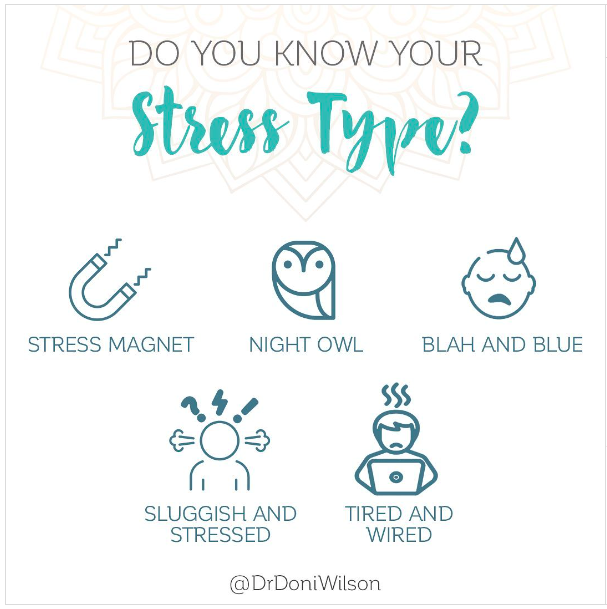
The 5 Burnout Types
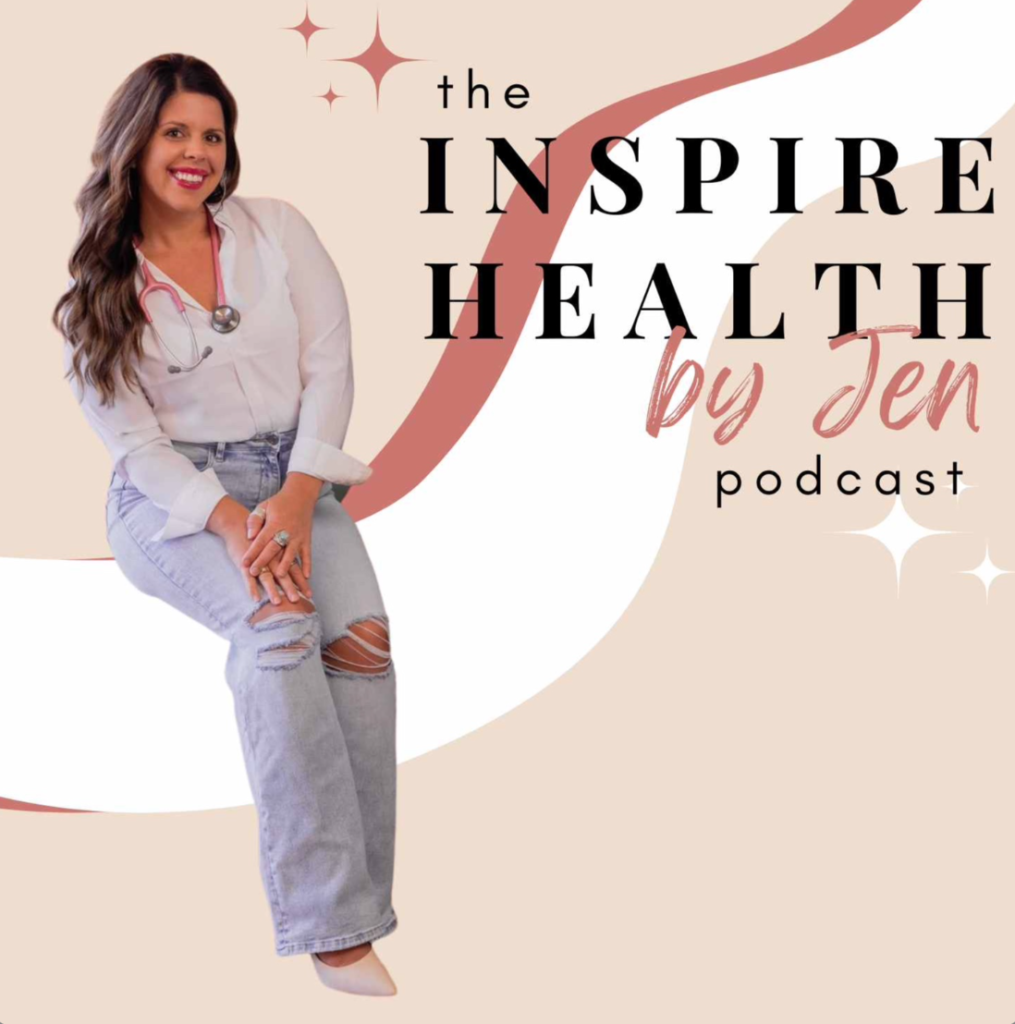
Healing HPV Holistically: Dr. Doni on the Inspire Health by Jen Podcast
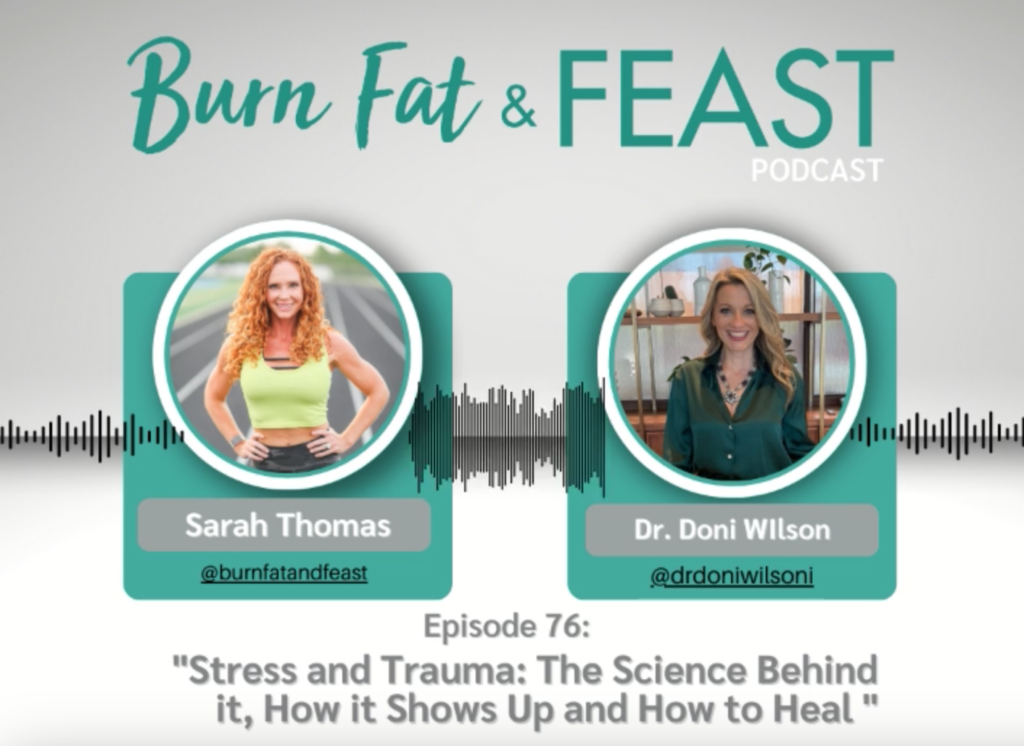
Recent Podcasts
Signup to receive our weekly newsletter with all the latest news, podcasts and special offers
New Book - Order Today!

SIMPLE PRACTICES for SHIFTING FROM YOUR STATE of STRESS to YOUR FLOW and FREEDOM
MASTER YOUR STRESS
RESET YOUR HEALTH
Order Now! Related Posts

What is making you susceptible to HPV?
I have been working with women who had abnormal cells on their cervix and/or vaginally, caused by HPV for over 20 years now. And while

The 5 Burnout Types
Did you know there are 5 burnout types? They are based on your Stress Type®, which is how your adrenal function has been affected by
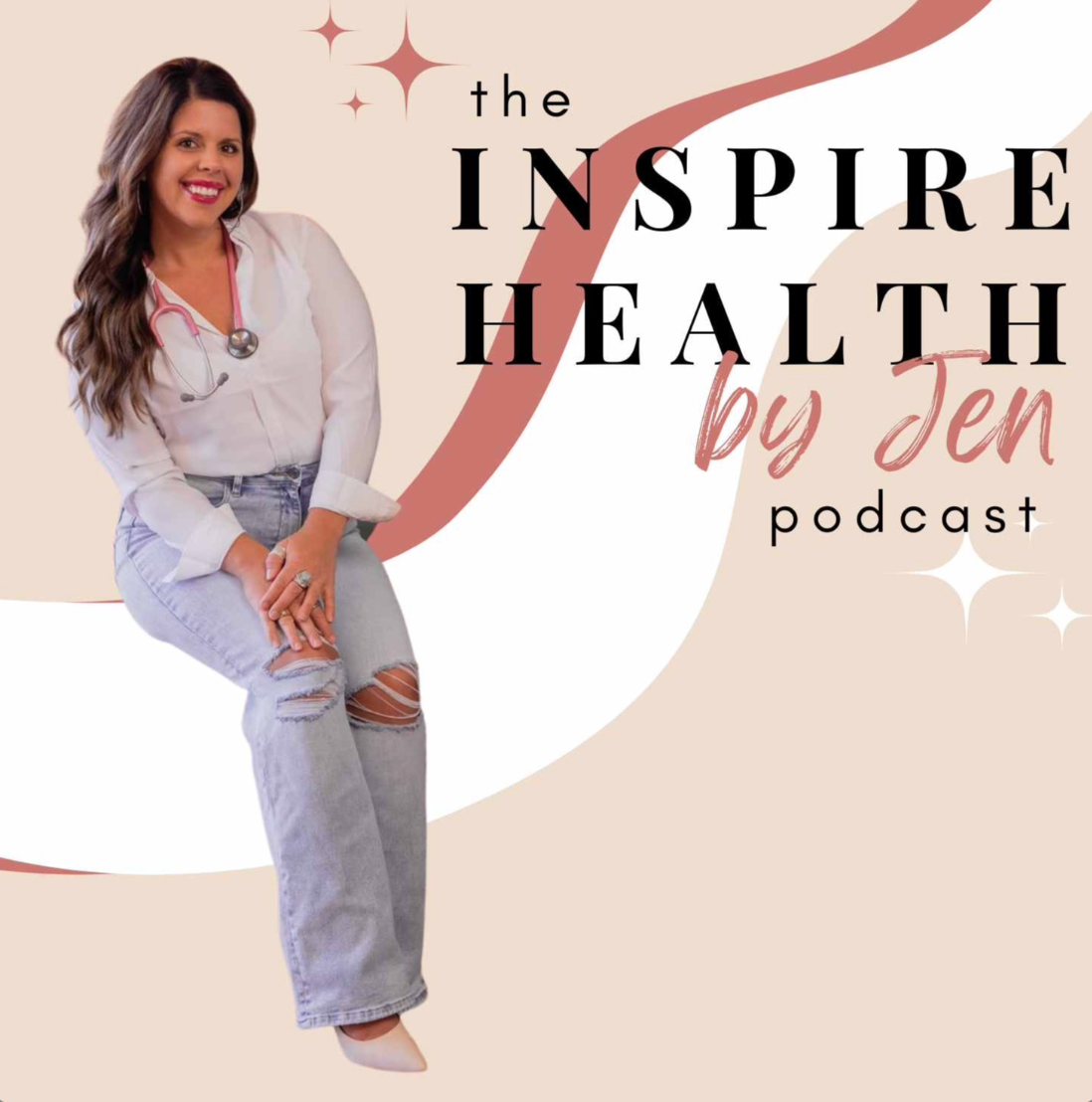
Healing HPV Holistically: Dr. Doni on the Inspire Health by Jen Podcast
Dr. Doni was interviewed by Jen Ciszewski on the Inspire Health by Jen Podcast, talking about how to heal away HPV from your body for good.
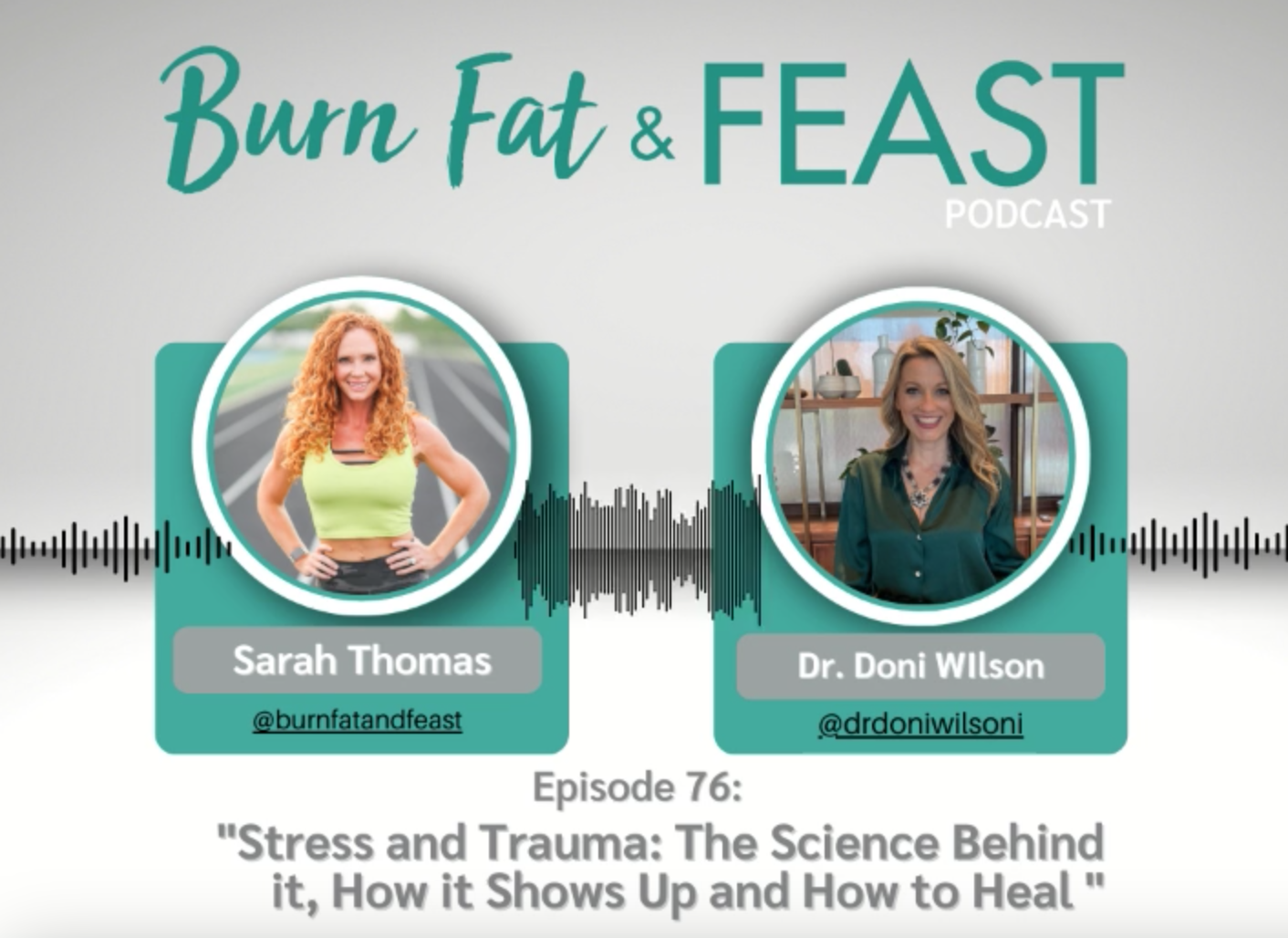
Stress and Trauma: The Science Behind It, How It Shows Up and How to Heal: Dr. Doni on The Burn Fat and FEAST Podcast
Dr. Doni was interviewed by Sarah B. Thomas on the Burn Fat and FEAST Podcast, talking about the impact of stress and trauma on our health and what to do to recover from them.

